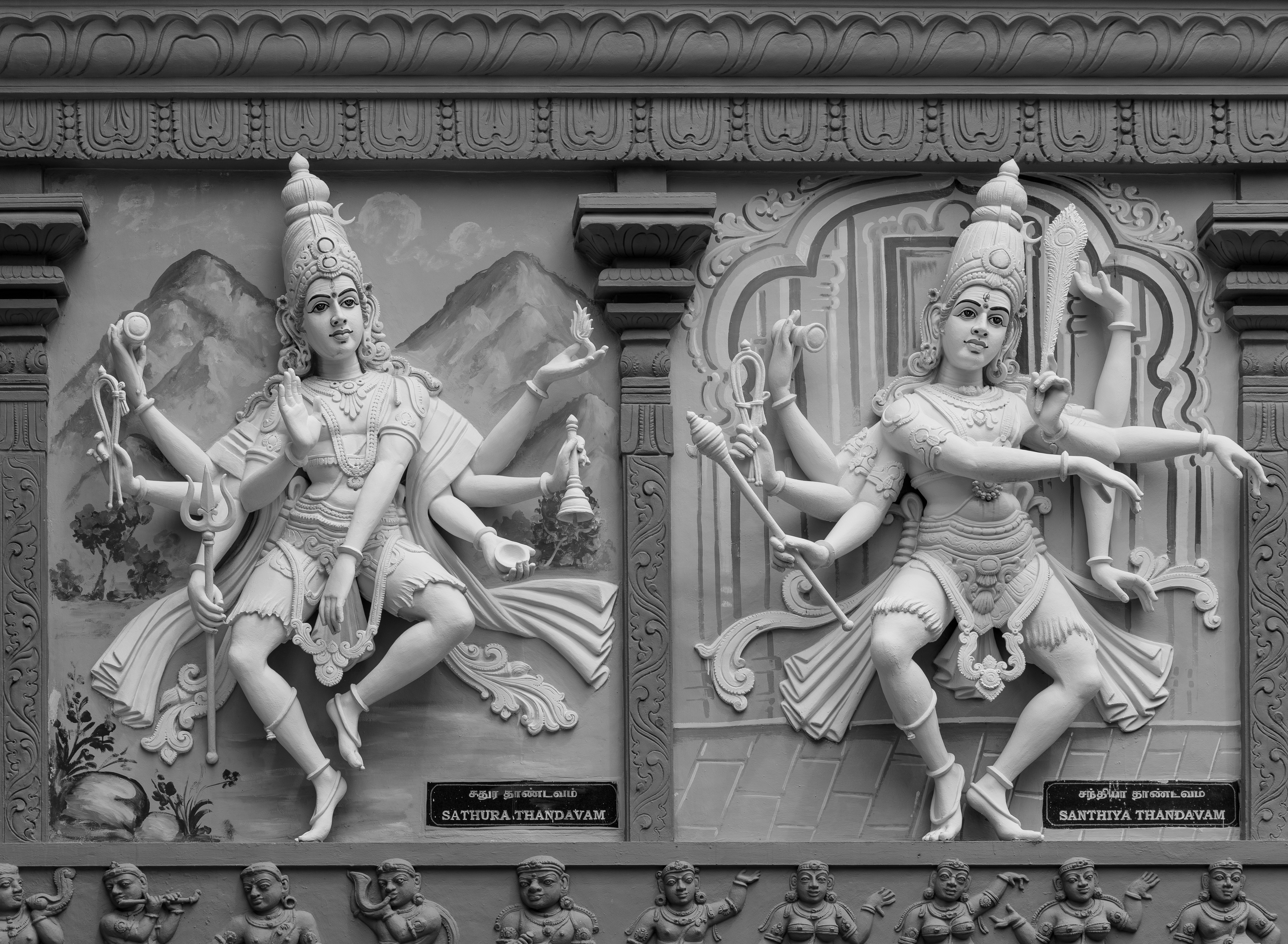Sri Senpaga Vinayagar Temple on:
[Wikipedia]
[Google]
[Amazon]
Sri Senpaga Vinayagar Temple ( ta, ஶ்ரீ செண்பக விநாயகர் ஆலயம்) is a temple for the
 The temple has many facilities during the initial construction. The periodic upgrading, inclusive of a three storey extension, of the temple resulted in the addition of classrooms, Halls, Kitchens, library and a wedding hall. The wedding and dining hall was opened on 8 November 1989 by Senior Minister,
The temple has many facilities during the initial construction. The periodic upgrading, inclusive of a three storey extension, of the temple resulted in the addition of classrooms, Halls, Kitchens, library and a wedding hall. The wedding and dining hall was opened on 8 November 1989 by Senior Minister,
Official Website
{{Hindu Temples in Singapore Hindu temples in Singapore Indian diaspora in Singapore Tamil Singaporean Tourist attractions in Singapore
Hindu
Hindus (; ) are people who religiously adhere to Hinduism.Jeffery D. Long (2007), A Vision for Hinduism, IB Tauris, , pages 35–37 Historically, the term has also been used as a geographical, cultural, and later religious identifier for ...
god Ganesha
Ganesha ( sa, गणेश, ), also known as Ganapati, Vinayaka, and Pillaiyar, is one of the best-known and most worshipped deities in the Hindu pantheon and is the Supreme God in Ganapatya sect. His image is found throughout India. Hindu d ...
who is the presiding deity. It is located at Ceylon Road in Singapore.
History
In the 1850s, a statue of Lord Vinayagar was discovered by the side of a pond. A Chempaka tree, Senpaga in Tamil, stood on the bank of the pond. As the Vinayagar statue was found besides the Chempaka tree, the temple came to be known as "Sri Senpaga Vinayagar Temple". A Ceylon Tamil, Ethirnayagam Pillai (Pillay) pioneered the building of the first structure as a shelter with an attap roof with the help of the nearby Indian workers. This shelter became the temple of Sri Senpaga Vinayagar. In 1909, the Ceylon Tamils who had grown in number to about 300 families, formed the Singapore Ceylon Tamils’ Association (SCTA). In 1913, a Management Committee of four persons was formed to renovate the premises for the growing number of devotees. In 1923, the SCTA assisted the Temple by purchasing the land on which the Temple stands today. A bigger temple subsequently emerged with a priest (a pandaram) to initiate prayers (poojas) and other religious ceremonies. In 1923, the SCTA became the official keeper and manager of this autonomous temple.Consecration ceremonies
In 1930, the first Maha Kumbhabishegam was held with the help of generous donations from the chairman. Many community leaders and devotees permitted the addition of several new shrines within the precincts of the temple. They included shrines for Lord Shiva, Goddess Ambal, and Lords Subramaniam, Vairavar and Nageswarar. On 3 February 1930, a major Consecration (Maha Kumbhabishegam) of the temple was held for the first time. In 1942, during the Second World War, when a bomb damaged the temple, the restoration began under the chairmanship of P. Thillainathan and six years later on 7 July 1955, devotees witnessed another Consecration Ceremony.Facilities
 The temple has many facilities during the initial construction. The periodic upgrading, inclusive of a three storey extension, of the temple resulted in the addition of classrooms, Halls, Kitchens, library and a wedding hall. The wedding and dining hall was opened on 8 November 1989 by Senior Minister,
The temple has many facilities during the initial construction. The periodic upgrading, inclusive of a three storey extension, of the temple resulted in the addition of classrooms, Halls, Kitchens, library and a wedding hall. The wedding and dining hall was opened on 8 November 1989 by Senior Minister, S. Rajaratnam
Sinnathamby Rajaratnam ( ta, சின்னத்தம்பி ராஜரத்னம்; 25 February 1915 – 22 February 2006), better known as S. Rajaratnam, was a Singaporean politician who served as Deputy Prime Minister of Singapo ...
.
See also
*List of Hindu temples in Singapore
This is a list of Hindu temples in Singapore. A characteristic of most temples is the presence of ''murtis'' (or statues) of the Hindu deity to whom the temple is dedicated. They are usually dedicated to a single presiding deity, and other deit ...
References
External links
Official Website
{{Hindu Temples in Singapore Hindu temples in Singapore Indian diaspora in Singapore Tamil Singaporean Tourist attractions in Singapore